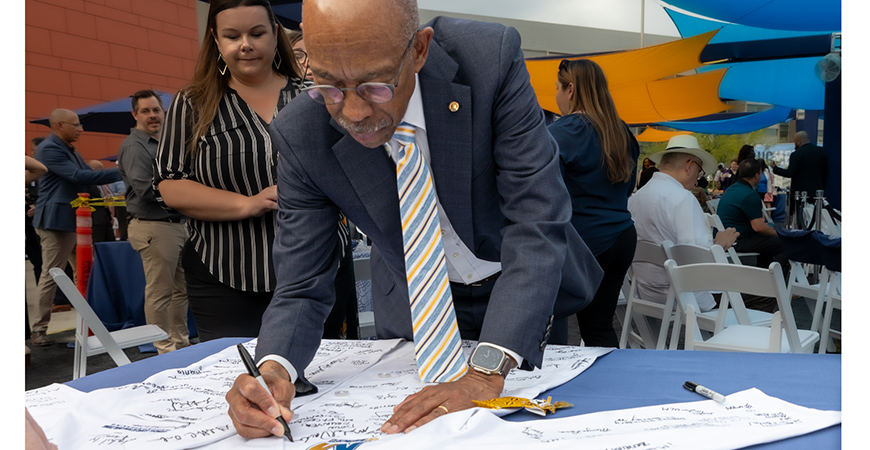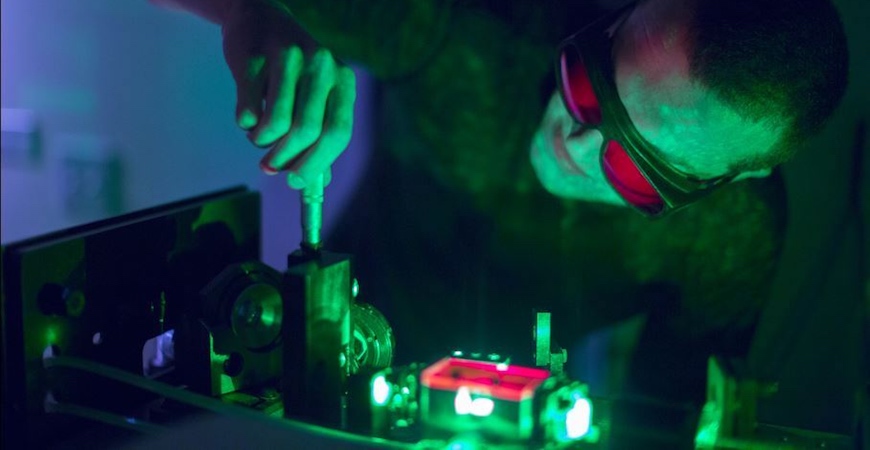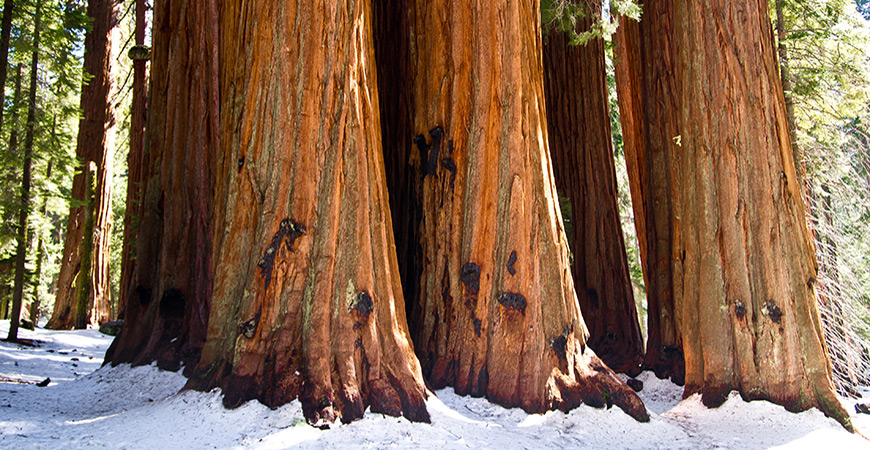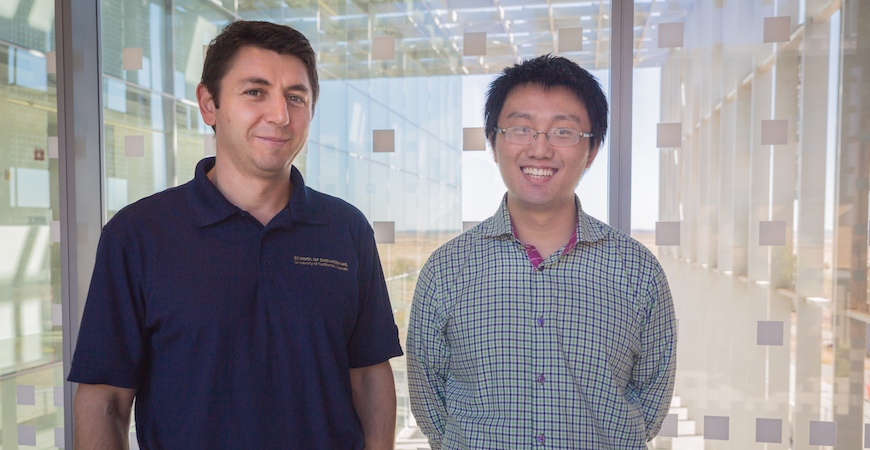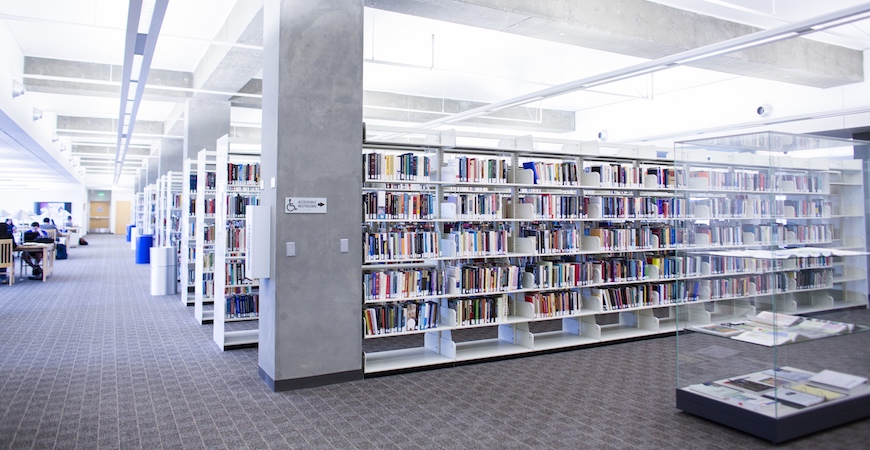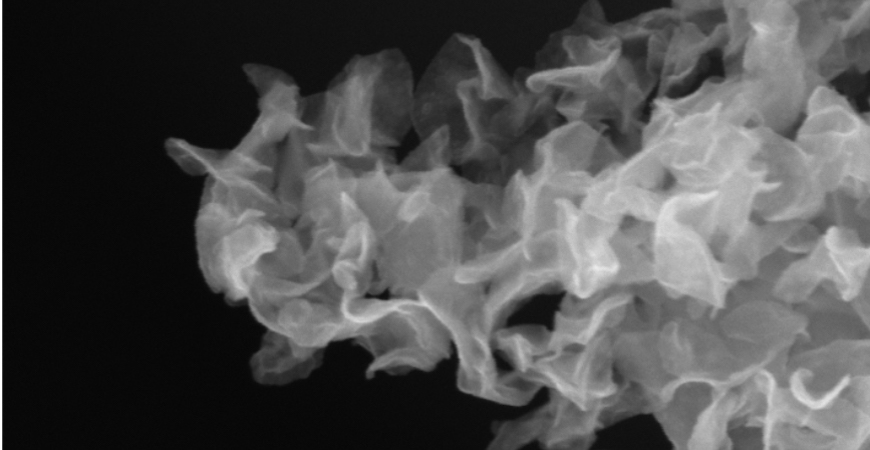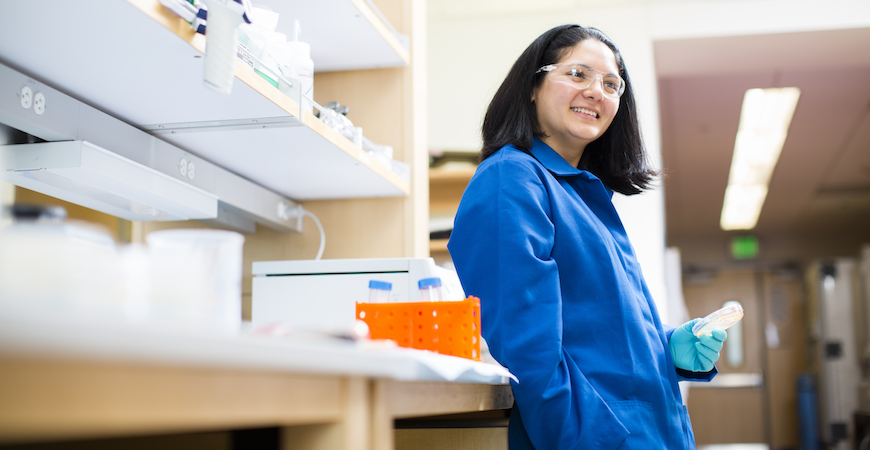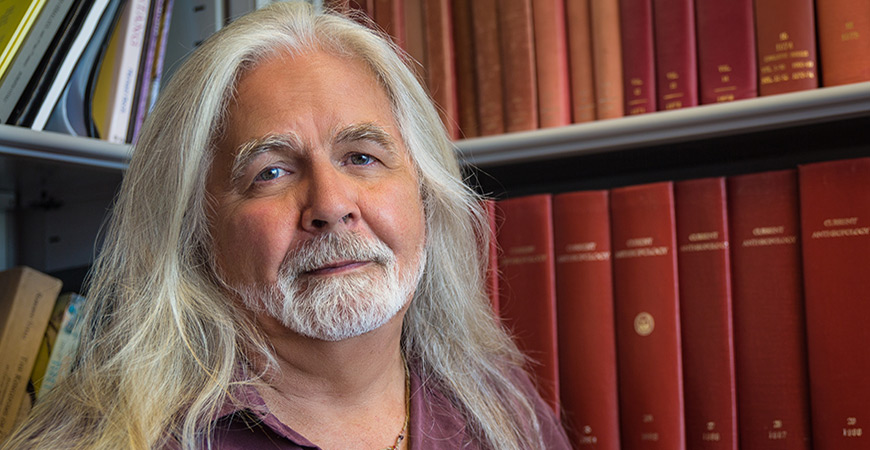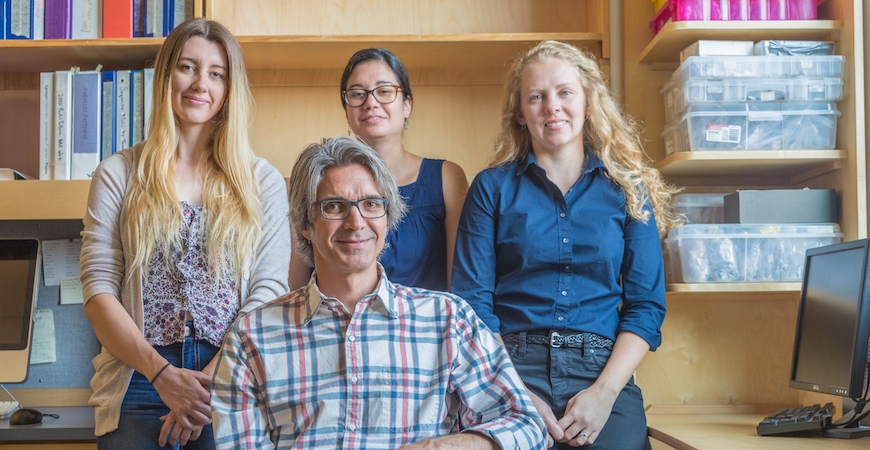It was a groundbreaking Tuesday night so there were shovels. Many shovels. Full sized, posterized, miniaturized (in a gift box). All to mark a symbolic turning of earth for UC Merced’s Medical Education Center.
The tools also evoke something Dr. Kenny Banh said nearly a year ago...

